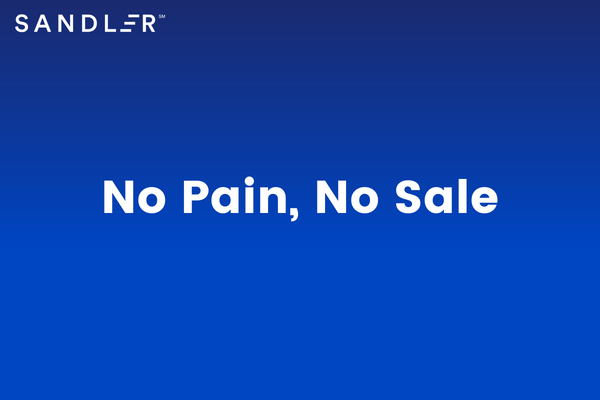Effective Strategies for Handling Sales Objections

The Importance of Listening and Empathizing
Encountering objections from potential clients is inevitable. However, these objections should not be seen as roadblocks but as valuable opportunities to understand your client's concerns better. The first strategy in handling objections effectively is to listen and empathize. When a client voices an objection, take the time to genuinely listen to their concerns without interrupting. This shows respect and builds trust.
Empathizing with the client’s viewpoint does not mean you have to agree with them. Instead, it means understanding their feelings and acknowledging their concerns. For instance, if a client says, “The price is too high,” respond with, “I understand that budget is a significant concern.” This approach helps in creating a positive dialogue and paves the way for more constructive conversations.
Reversing Objections to Gather More Information
Once you have listened and empathized, the next step is to reverse the objection. Reversing is a technique where you turn the client's objection into a question to gather more information. For example, if a client says, “The timeline is too long,” you can respond with, “What part of the timeline concerns you the most?” This technique not only provides you with more specific details but also engages the client in a deeper conversation.
By reversing the objection, you can uncover underlying issues that might not be immediately apparent. This allows you to address the root cause of the client's concern rather than just the surface-level objection. It's also a way to differentiate between smokescreen objections and real objections, which is crucial for effective sales strategies.
Distinguishing Between Smokescreen and Real Objections
Not all objections are created equal. Some are smokescreen objections, which are initial, surface-level concerns that clients use to test the waters. Others are real objections that genuinely stand in the way of closing the deal. Distinguishing between the two is essential for effective objection handling.
After reversing the objection to gather more information, confirm if the objection is the real barrier. Ask questions like, “If we can agree on the price, is there anything else that would prevent us from moving forward?” If the client mentions another concern, you might be dealing with a smokescreen objection. If they say no, you have likely identified the real objection. Addressing the real objection directly can help in moving the sales process forward more efficiently.
Revisiting Client Pain Points to Resolve Objections
One of the most effective ways to resolve objections is by revisiting the client's pain points and the impacts they discussed earlier in the sales process. When clients express concerns, circle back to the specific problems they are trying to solve. Remind them of the pain points they mentioned and the negative impacts those issues are having on their business or personal life.
For instance, if a client is hesitant about the price, remind them of the unique benefits your solution offers and how it addresses their specific needs. You might say, “You mentioned earlier that the current system is causing significant downtime. Our solution will eliminate that issue, saving you both time and money in the long run.” By connecting the resolution of objections to the client's pain points, you reinforce the value of your offering and make it easier for them to justify the investment.
Handling sales objections effectively involves listening, empathizing, reversing for more information, distinguishing between smokescreen and real objections, and revisiting client pain points. By mastering these strategies, you can transform objections into opportunities for deeper engagement and ultimately, successful deal closures.


